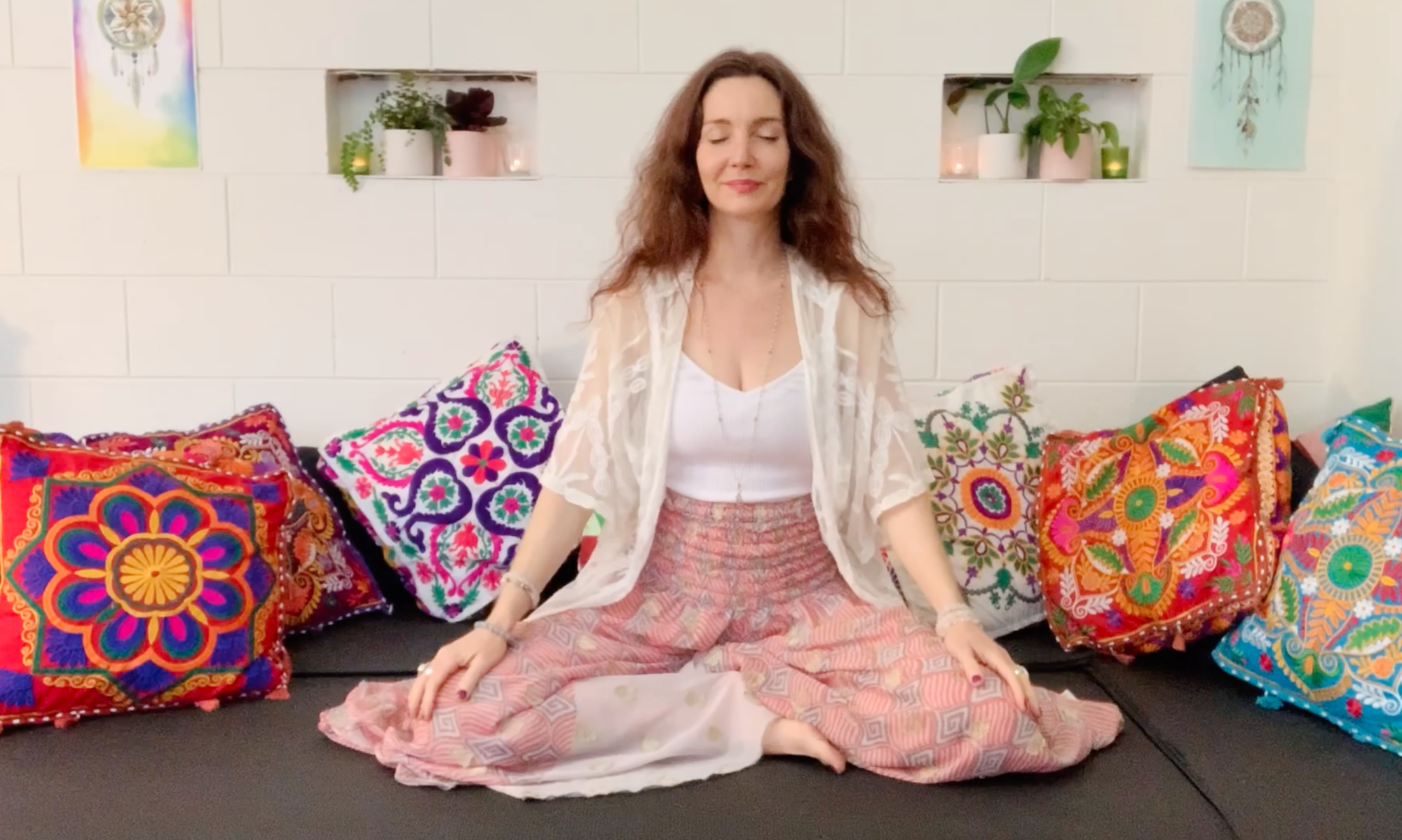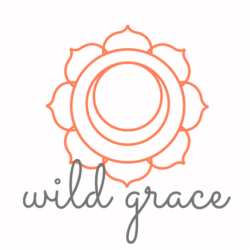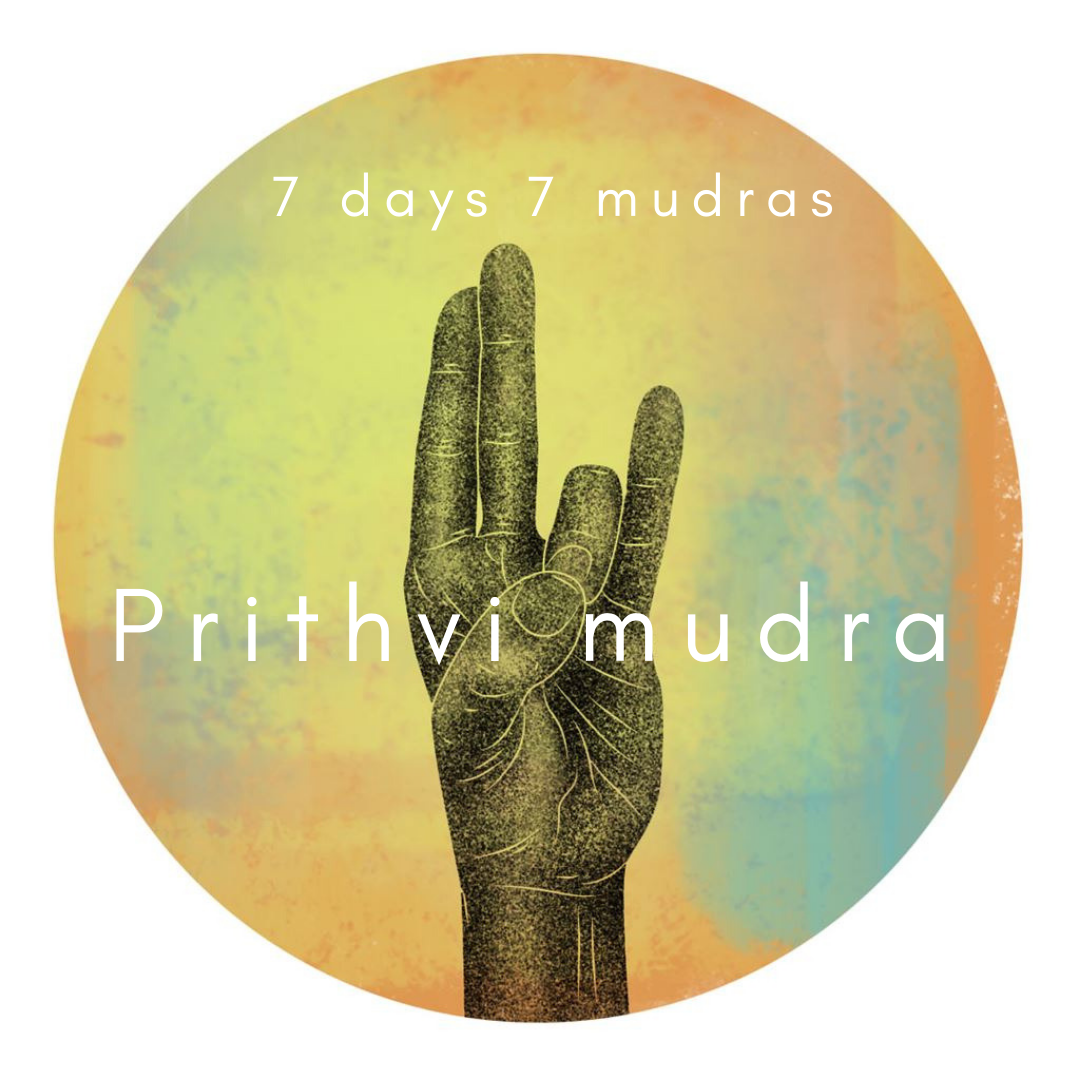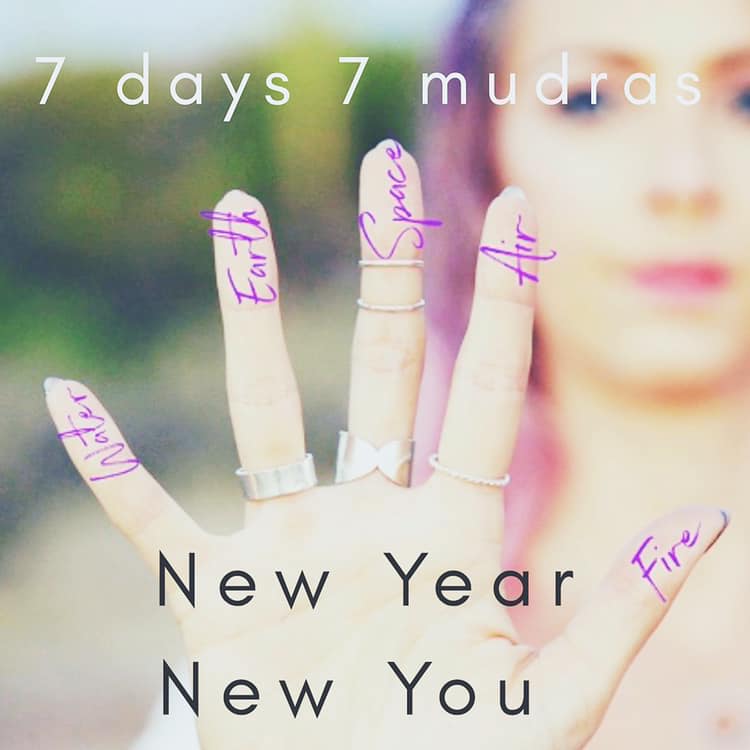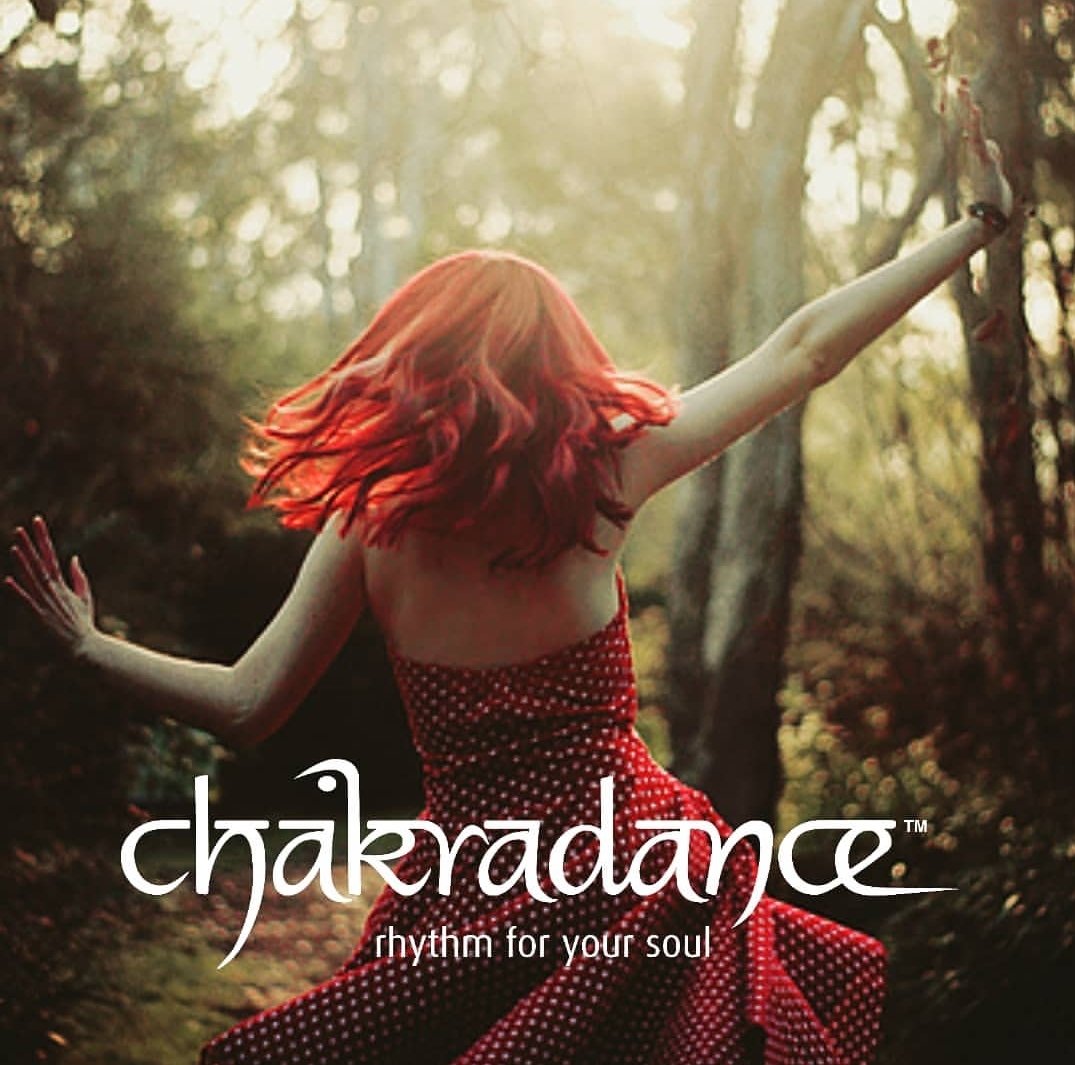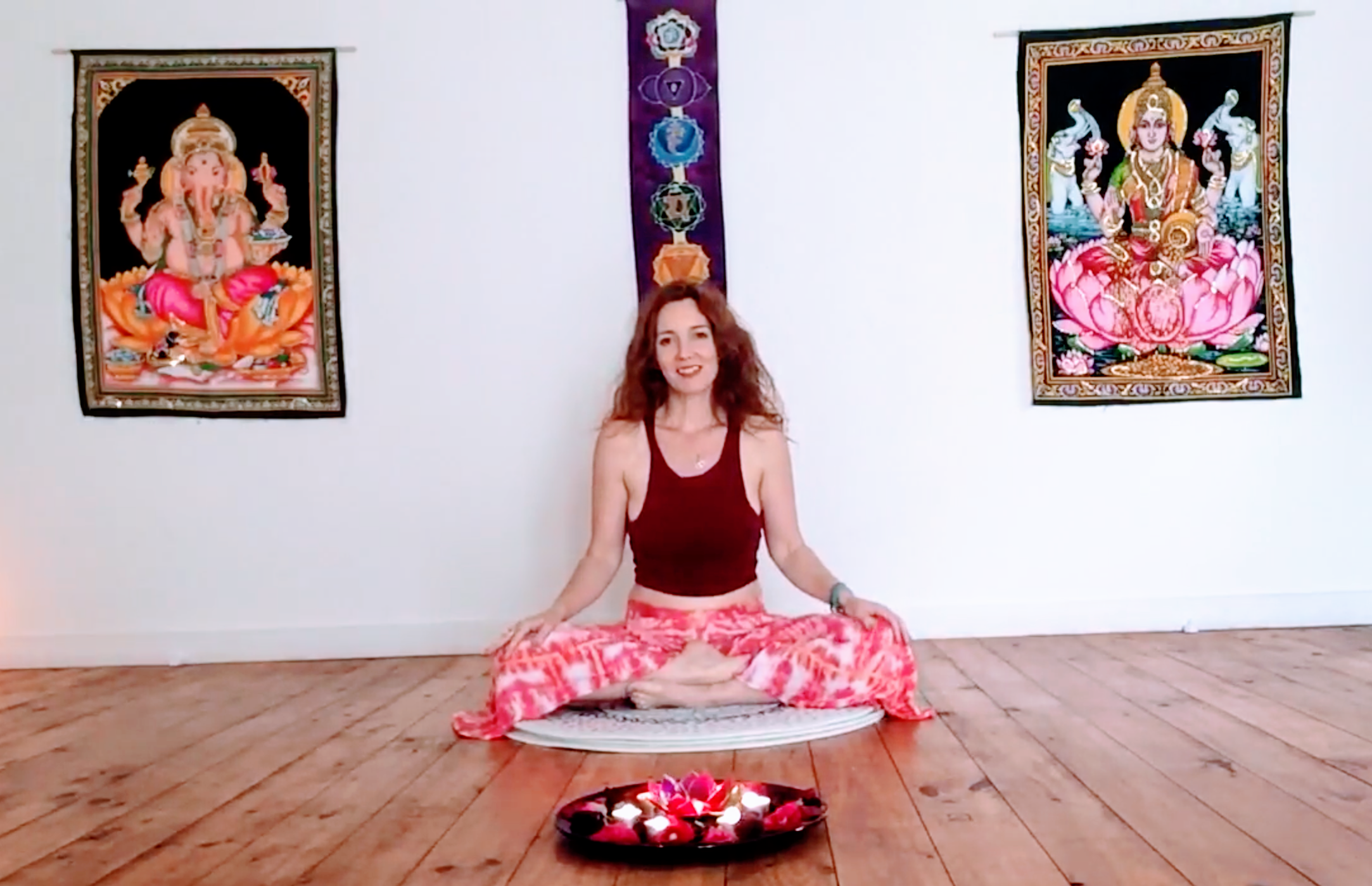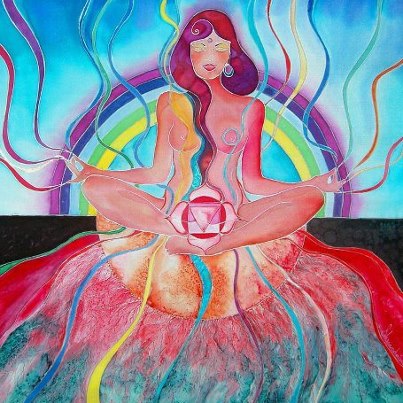You do not have to be good. You do not have to walk on your knees for a hundred miles through the desert, repenting. You only have to let the soft animal of your body love what it loves. Mary Oliver
I love this quote. Reading Mary Oliver feels like lying down on lush, damp grass, taking a deep breath and sinking in. But how often do we take the time to sink in and really inhabit our body?
The modern lifestyle creates a disconnect with the body, we become like a head with hands, thinking, thinking, doing, doing. Unless we habitually stop and practice meditation, dance or yoga, or spend time in nature, we may never really arrive in our body all day.
The wisdom of the body – with its endless and varied cacophony of signals and mechanisms – is our projection of spirit. This is our vehicle for incarnation. And like any vehicle, our body provides a stream of signals to guide and inform us. It provides the physicality, the flesh, the medium though which we interact with our physical, emotional and spiritual world.
From the soft lub-dub of our heart beat, to our churning guts, our racing pulse, our cold feet, the body conveys a series of messages, if we would only listen.
From the cold knife-to-the-heart sensation of heartbreak and shame, to the butterflies of excitement, the soft animal of our body knows what it loves. It feels our pleasure and our pain.
The body contains truths unique to our being. Just as one person may enjoy eating peanut butter by the spoonful, another may fall into analphylactic shock at the smallest trace of nuts. We are similar, but not the same and neither are our bodies. As you embrace this, you can settle into a beautiful relationship with the unique body, the exquisite system of flesh and senses, that is you.
The yogis have always known this, that the stresses of the body must be smoothed out and soothed with yoga poses before the mind can be still and spirit can be heard. The yoga tradition is all about purifying the vessel to achieve union of body and spirit.
The spirit likes to dress up like this: ten fingers, ten toes, shoulders and all the rest… It could float, of course, but would rather plumb through matter. Airy and shapeless thing, it needs the metaphor of the body… To be understood, to be more than pure light that burns where no one is. Mary Oliver
The first chakra, located at the base of our spine, is called Muladhara in Sanskrit, meaning root support. Like the root system of a tree, our root or base chakra energetically grounds us in the physical world.
Linking the chakras are a series of energy channels that, in their purest and unimpeded form, constantly flow and spiral up and down the spinal column, keeping our energetic system in connectivity to both the earth and ethereal energy above, with the chakras like little hubs in between.
Caroline Myss describes these channels and the chakras as our ‘energy anatomy’ and a ‘blueprint for managing spiritual power’ and that the purpose of most spiritual teachings – though often misunderstood – is to teach us how to manage this system of power.
Anodea Judith calls the chakras the ‘architecture of the soul.’ She says a chakra is a centre of organisation for the reception, the assimilation and the expression of life force energy. The chakras are the portals, the mediators, between the inner world and the outer world.
Chakras can be described as processing centres of energy and information, as well as gateways for this energy and information to flow into, out of, and through. Note that when I refer to ‘energy’ I use the term to describe the concept used in many esoteric traditions of the vital life force energy, or spiritual energy, also known as prana or qi.
Many of us have sustained emotional and physical traumas in life which may have affected the formation and flow of our chakras. This biography of experience is energetically recorded in our chakra system (as well as the cells in our bodies.) This can cause our chakras to compensate by either restricting energy flow, becoming deficient or under active, or by becoming over active and excessive. Or even a combination of both.
‘So what?’ You ask, ‘it’s only energy,’ read on, and I’ll tell you why this kind of imbalance can have deep and far reaching effects on your life.
Your biography becomes your biology. Caroline Myss
Linked to physical realities of life – security, shelter, sustenance, family, tribe – Deedre Diemer writes that the first chakra is associated with primordial trust. It is the chakra associated with our basic instincts for food, shelter, sex and survival.
Developmentally this chakra emerges between conception and eighteen months, and is informed by our environment during that time. If we felt safe and nurtured and our needs were taken care of, if we were held lovingly by our mothers, and picked up when we cried, chances are this chakra is embedded with a core sense of security.
However up to 50% of people report that they either suffered birth trauma or there were significant stressors in their family of origin or community – war or poverty, for example – to inhibit this secure bonding from occurring. Not mention subsequent life trauma that can affect our sense of security. As such, we may have an overreactive first chakra, that is out of balance and causes us to compensate in a variety of ways.
If we are imbalanced in this chakra it can manifest as a lack of physicality, being underweight, spacey and anxious. Or it may manifest as an excessive physicality in being overweight and overly attached to the physical by hoarding, over eating and indulgence in pleasure, or over-accumulation of stuff.
I often wondered how I could be both spaced out and have a tendency to over-indulge. Anodea Judith points out that as these extremes are both compensatory behaviours to address an issue in this chakra we may experience symptoms of both.
This very body that we have, that’s sitting here right now… With its aches and pleasures… is exactly what we need to be fully human, fully awake, fully alive. Pema Chodron
If you imagine the root chakra like a plant in a pot, it needs a degree of support to keep the soil and moisture in, but too tight a restraint will not allow it to grow.
In the same way a deficient base chakra contracts too tightly into its core, not allowing enough room for energy to come in, to have, to hold, to manifest. In this scenario we are literally strangling our energy flow, the earth energy that needs to flow up and through our base chakra is restricted and bottlenecked, creating blockages that may literally prevent us from manifesting or maintaining physical things, including our own healthy robust body, as there is no room to receive. This kind of person can be literally disembodied, spacey, anxious, ungrounded.
The person who compensates for an unbalanced base chakra though physical over-indulgence, allows excessive earth energy into their system. They may feel heavy, lethargic, they may be overweight, overeat, hoard and covet possessions, money and power. It is as if they use physical things, including their own body weight to compensate for deficiencies in this chakra, perhaps to literally compensate for a lack of maternal holding in their formative years.
Again this results in a blockage. Too much energy, when it is held and hoarded in this way impedes the flow just as much as constricted energy. It’s akin to the Buddhist concept of attachment, it is the attachment to our desires that causes suffering. It causes us to get stuck in a unmanageable mess of our own making.
As Albert Einstein once said, the most fundamental decision we make in life, is whether to see this world as inherently good and beneficent or not. This worldview informs everything we think, feel, and do. How we perceive and thus operate in the world. The base chakra question, is this world safe for me to embody?
Erik Erickson wrote that this first stage of psychosocial development – from birth to eighteen months – is a time when either trust or mistrust of the world around us is established. This informs our behaviour at the most fundamental level. If I can trust the world, I can allow myself to have it. I’m not suspicious. I am accepting.
If something is not safe, we won’t allow ourselves to have it, you wouldn’t drink poison, in the same way if your inherent world view is of an unsafe place, you won’t fully allow yourself to engage in it. You may stay detached, non-committal, risk-avoidant, and fearful.
We either master the fundamentals of survival or we become one of life’s victims. Ambika Wauters
So much of our sense of our body and our self comes from the initial holding experience provided by our parents. Anodea Judith says that this initial holding wires up our brain body interface, it literally teaches us awareness that we have a body, we are in a body. This all comes through touch. Here we get imprinted with a cellular message of safety and security. Our instincts are quietened, not alarmed. This is a good grounding in the first chakra.
But what if you didn’t get this. What if you grew up in fear uncertainty, violence, instability? What did you have to do to yourself in order to survive this fundamental stage? If our needs are not met, our survival instincts start freaking out, our central nervous system is wired in a permanent state of anxiety, our body gets over-amped. We become over-vigilant, fearful, unable to settle, insecure. This kind of person doesn’t know how to calm down.
This may explain why so many people depend on alcohol, drugs, sex, food and shopping to self-soothe. They simply have no mechanism to return to a state of calm without external stimulus. Hence researchers into addiction like Gabor Mate suggest there are significant and demonstrable links between unresolved childhood trauma and addiction.
Nothing records the effect of a sad life as graphically as the human body. Naguib Mahvouz
The lesson of Muladhara chakra is grounding, a full inhabiting of our physical bodies as the embodiment of our connection to the element of earth. To cease existing primarily in our heads and inhabit our bodies. To cease grasping onto people, places and things as the source of our security.
Here we can experience pleasure and pain, connect with our feelings, and release these accumulated emotional energies through our connection with the physical.
Movement through our bodies allows energy to flow, it can trigger blockages to shift and cause accumulated energies to be released or redistributed and balanced.
Movement brings us into our physicality, brings our energy down from our heads into our roots, allowing a real connection with not only our physical selves, but the physicality of the world around us.
For those who, like myself, have a lifetime’s accumulated negative body issues, this takes patience and self-compassion. Making peace with the body I have despised, abandoned and abused for many years is a process that does not come overnight.
After several years of Chakradance practice, alongside many years of yoga and mindful meditation, I have found a degree of peace and comfort in my own skin that I have never before known. At times my body even brings me immeasurable joy.
Here in this body are the sacred rivers, here are the sun and the moon, as well as all the pilgrimage places. I have not encountered another temple as blissful as my own body. Saraha Doha
To encourage our vital energy to flow freely we must let go of our attachments and defences. The chakras can be blocked by our learned defences, either something we want to keep out or something we don’t want to let out. What kinds of things would cause these defences? Toxic energy, fear and violence are all things we may shut down to avoid. Similarly we may repress our own ‘negative’ emotions – anger, sorrow, exuberance – having learned it was unsafe to express these.
Sometimes the residue from trauma gets stored in our body and our energy system. While traditional psychotherapy may assist at a mental and behavioural level, we also need to release these wounds energetically, in order to release the attachments and defences they cause us to act out – often unconsciously – in our lives.
As in all things balance is the key. An over-amped base chakra may cause us to be frozen in fear or rushing about in a heightened state of anxiety. What we ideally want is movement that is grounded and purposeful. We need to reconnect with the nurturing aspects of Mother Earth.
To ground we invite this energy back down through our body and reconnect ourselves energetically with the earth.
Traditionally humans spent most of their lives in direct contact with the earth, walking, living and sleeping on the ground. In the modern world we are so disconnected from the earth in layers of buildings, shoes, vehicles.
I thought the earth remembered me, she took me back so tenderly, arranging her dark skirts, her pockets full of lichens and seeds. Mary Oliver
In Chakradance we reconnect our base chakra to the earth by dancing to earthy tribal beats, moving powerfully through our legs and feet. We may visualise ourself as a seed planted in the earth, provided with all the sustenance, support, and security it needs to grow. We see ourselves setting down strong roots as we grow into the world, like a giant majestic tree firmly rooted in the soil, so our branches can safely reach up and out into the sunshine.
Anodea Judith says that the best way to restore balance to the base chakra, is to open the leg channels. The legs connect us to the earth and the energy flows up through our feet and legs and into the base chakra. Our legs are like two prongs of an electric plug – we need to plug in to the earth energy to ground, receive and release.
Grounding exercise by Anodea Judith
This exercise will work whether your base chakra is deficient excessive or both, even if you feel your base chakra is balanced, grounding is always energising and restorative.
1. Stance
Stamp your feet a little to get the energy moving, then stand with your feet shoulder width or even a little further apart.
Make sure your feet are pointing straight or even slightly pigeon-toed, bend your knees slightly so your knee sits directly above your second toe.
Press down and out with your feet, as if you are trying to push apart two floorboards with your feet. So you want your feet firm and active.
2. Exercise
As you inhale gently bend your knees deeper, keeping your upper body upright, shoulders above hips.
As you exhale, slowly push down and out through your feet to straighten your knees, ensuring you do not lock your knees at the top. Do this very slowly.
Remember to keep the tension and engagement, the pushing sensation through your legs and feet.
3. Visualisation
As you exhale and push down, visualise energy from the base chakra in your pelvic floor pushing down through the core of your legs and feet and down into the earth.
(if your legs begin to tremble this is a good sign – you are shifting blockages and allowing energy to flow. If there’s any pain, stop)
If you feel you have deficient energy visualise drawing energy up through your legs and into your base chakra.
If you feel you have excessive energy, visualise pushing that excess down into the earth.
If you’re not sure, just visualise both. Releasing in the exhale, receiving on the inhale.
4. Affirmation
As you exhale say ‘I am in here’ then ‘I am in here, and this is mine’ – really feeling yourself in your body.
You can do this up to 10 times. Trust your body, stop when you’ve had enough. You will build up your strength over time.
Practise this exercise daily and notice the difference after a week. Ideally this exercise will clear your channels, allow you to ground, release and receive energy through your base chakra.
I am one with the source, in so far as I act as a source, by making everything I have received flow again. Raimon Panikkar
I’d love to meet you there.
Namaste,
Christina
ॐ
Christina is a Chakradance facilitator, Sattva yoga teacher, holder of sacred space, and wellbeing writer. She is passionate about wellbeing and brings her extensive knowledge though studies in the chakra system, yoga and shamanism to her practice.
